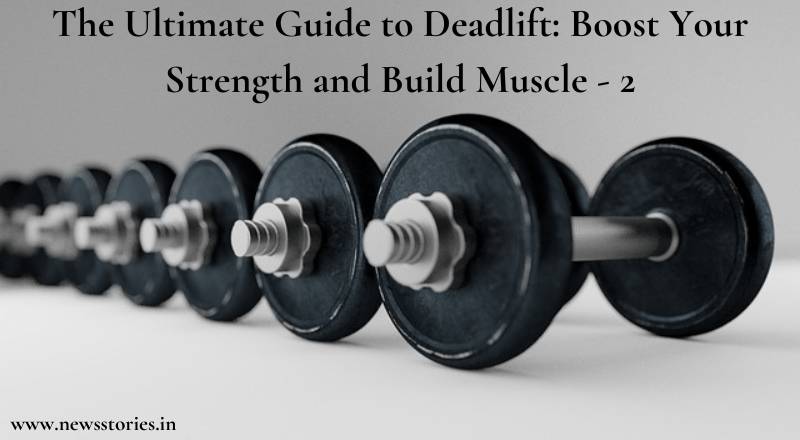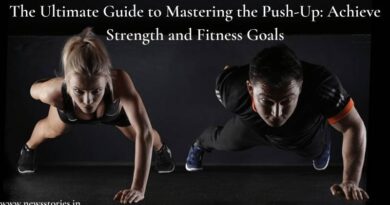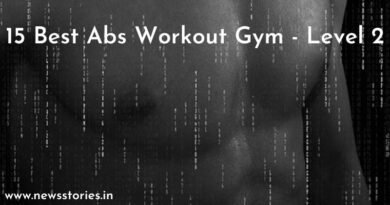The Ultimate Guide to Deadlift: Boost Your Strength and Build Muscle – 2
Deadlift vs. Squats: Which is Better for Overall Strength?
The deadlift and squat are two of the most effective exercises for building overall strength. Let’s compare these exercises to determine which one is better.
Deadlift: The deadlift targets a broader range of muscles. Including the glutes, hamstrings, quadriceps, back, and grip muscles. It also mimics real-life movements, making it highly functional.
Squat: The squat primarily targets the quadriceps, hamstrings, and glutes. With additional activation of the core and lower back muscles. Squats increase the stability and strength of the lower body.
Ultimately, the choice between deadlifts and squats depends on your individual goals and preferences. To maximize overall strength development, consider incorporating both exercises into your training routine.
Deadlift for Weight Loss: Can It Help You Shed Pounds?
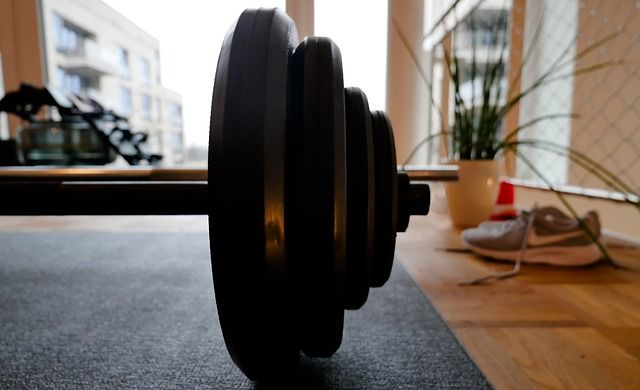
Deadlifts can be a valuable addition to your weight loss journey. Here’s how deadlifts can help you shed pounds.
Calorie Expenditure: Deadlifts engage multiple muscle groups, leading to a higher calorie burn during and after the exercise. This increased energy expenditure can contribute to weight loss when combined with a calorie deficit.
Metabolic Boost: Deadlifts stimulate the metabolic rate, promoting fat oxidation and weight loss.
Muscle Retention: Deadlifts, being a compound exercise, help preserve lean muscle mass during weight loss. This is important as muscle plays a crucial role in maintaining a higher metabolic rate.
Remember that weight loss primarily depends on maintaining a calorie deficit through a combination of diet and exercise. Deadlifts can be an effective exercise to support your weight loss goals. When combined with a well-rounded fitness and nutrition plan.
Deadlift and Core Strength: The Connection Explained
Deadlifts are not just a lower body exercise. They also engage and strengthen the core muscles. Here’s how deadlifts improve core strength:
Anti-Flexion and Anti-Extension: Deadlifts require a stable core to resist flexion (forward bending) and extension (arching backward). This strengthens the deep core muscles. Including the transverse abdominis and erector spinae.
Stabilization: Deadlifts challenge the core muscles to maintain stability and prevent excessive movement during the lift. This strengthens the muscles responsible for maintaining proper posture and spinal alignment.
By incorporating deadlifts into your routine, you can enhance core strength. Improve stability, and reduce the risk of lower back pain.
Deadlift and Grip Strength: Strengthening Your Hold
Deadlifts are renowned for their ability to improve grip strength. Here’s why deadlifts are an excellent exercise for strengthening your grip.
Forearm Activation: Deadlifts require a strong grip to hold onto the barbell. As you lift heavier weights, your forearms and grip muscles are progressively challenged, leading to increased grip strength.
Grip Variations: Deadlifts offer different grip variations, such as overhand grip, mixed grip, and hook grip. These variations target different muscles and allow you to work on specific aspects of grip strength.
Accessory Exercises: In addition to deadlifts, other exercises like farmer’s walks, pull-ups. And wrist curls can further enhance grip strength.
By regularly incorporating deadlifts and grip-strengthening exercises into your routine. You can develop a vice-like grip that will benefit your overall strength training and everyday activities.
Deadlift and Posture: Improving Your Alignment
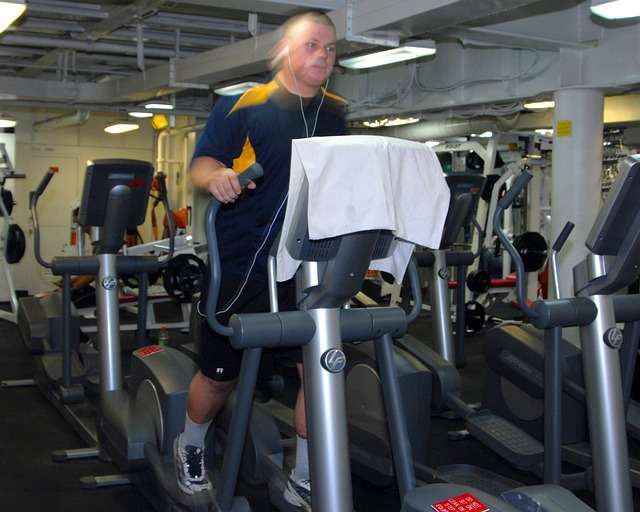
Deadlifts play a significant role in improving posture and alignment. Here’s how deadlifts can benefit your posture.
Back and Core Activation: Deadlifts engage the muscles of the back and core, including the erector spinae, rectus abdominis, and obliques. These muscles help maintain proper spinal alignment and promote good posture.
Posterior Chain Strengthening: Deadlifts target the posterior chain, including the glutes, hamstrings, and lower back muscles. A strong posterior chain helps counterbalance the effects of prolonged sitting and slouching, promoting an upright posture.
Improved Muscle Balance: Deadlifts address muscle imbalances by targeting multiple muscle groups. This balanced development enhances overall posture and reduces the risk of postural-related issues.
By incorporating deadlifts into your routine, you can strengthen the muscles that support proper posture. Leading to improved alignment and reduced postural problems.
Also Read : https://newsstories.in/the-ultimate-guide-to-a-slimmer-waistline-on-how-to-lose-belly-fat-level-2/
Deadlift and Cardiovascular Health: The Surprising Connection
While deadlifts are primarily known for their strength-building benefits. They can also contribute to cardiovascular health. Here’s how deadlifts can have a positive impact on your heart health.
Elevated Heart Rate: Deadlifts, especially when performed with higher intensity and heavier weights, elevate the heart rate. This cardiovascular response helps improve cardiovascular endurance over time.
Metabolic Demand: Deadlifts engage a large number of muscles, resulting in a higher metabolic demand and increased oxygen consumption. This aerobic component promotes cardiovascular health and improves overall fitness.
High-Intensity Interval Training (HIIT) Variation: Incorporating deadlifts into a HIIT workout can further enhance cardiovascular fitness. By combining strength and cardio exercises in a structured interval format.
While deadlifts alone may not replace traditional cardiovascular exercises. They can complement your cardiovascular training and contribute to a well-rounded fitness routine.
Deadlift and Injury Prevention: Strengthening Your Body’s Defense
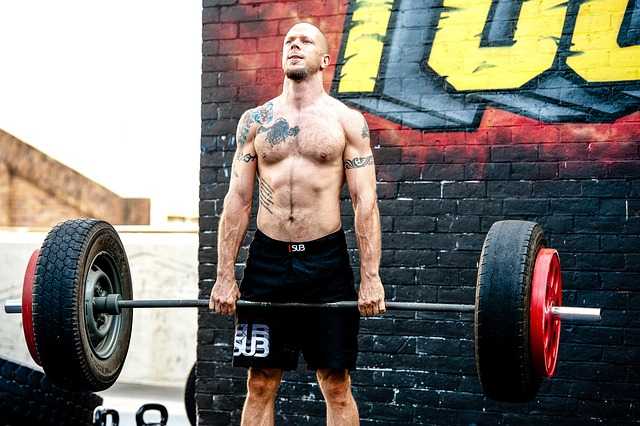
Deadlifts, when performed correctly, can actually reduce the risk of injury by strengthening the muscles and improving stability. Here’s how deadlifts contribute to injury prevention.
Muscle Strengthening: Deadlifts target the major muscle groups of the lower body, including the glutes, hamstrings, and quadriceps. Strengthening these muscles improves joint stability and reduces the risk of common injuries. Such as strains and sprains.
Core Stability: Deadlifts require a strong core to maintain proper form and stability throughout the lift. A stable core helps protect the spine and reduces the risk of lower back injuries.
Improved Balance: Deadlifts challenge balance and coordination, improving proprioception (awareness of body position in space). This enhanced balance reduces the risk of falls and related injuries.
Functional Strength: Deadlifts mimic real-life movements, improving functional strength that translates into everyday activities and sports. This reduces the risk of injuries during daily tasks and physical activities.
By incorporating deadlifts into your training routine with proper form and technique. You can strengthen your body and reduce the risk of injuries.
Deadlift and Mental Benefits: Strengthening Mind-Body Connection
Beyond the physical benefits, deadlifts offer several mental benefits. Here’s how deadlifts can positively impact your mental well-being.
Confidence and Empowerment: Deadlifts challenge you to lift heavy weights and overcome self-imposed limitations. Achieving new personal records boosts confidence and empowers you to push past mental barriers.
Stress Relief: Deadlifts, like other exercises, release endorphins, which are natural mood-boosting chemicals. Regular deadlift sessions can provide a much-needed release from stress and promote overall mental well-being.
Focus and Concentration: Deadlifts require concentration and focus to maintain proper form and technique. This mental engagement enhances cognitive skills and can carry over into other aspects of life.
Mind-Body Connection: Deadlifts require coordination between the mind and body. Developing this connection improves body awareness and mindfulness. Fostering a deeper mind-body connection.
By incorporating deadlifts into your routine, you can experience not only physical strength. But also mental resilience, empowerment, and improved well-being.
Frequently Asked Questions (FAQs)
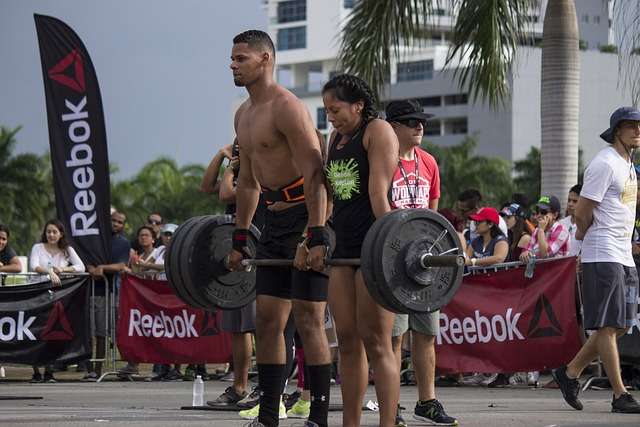
Are deadlifts only for advanced lifters?
No, deadlifts can be performed by individuals of all fitness levels. Beginners should start with lighter weights. And focus on mastering proper form before progressing to heavier loads.
Can deadlifts cause lower back pain?
Improper form and technique during deadlifts can contribute to lower back pain. It is essential to maintain a neutral spine and engage the core muscles throughout the lift to minimize the risk of injury.
Should I deadlift with an overhand or mixed grip?
The grip choice depends on your comfort and grip strength. Beginners can start with an overhand grip and progress to a mixed grip. (one hand overhand, one hand underhand) as grip strength becomes a limiting factor.
How often should I deadlift?
Deadlifting once a week is generally sufficient for most individuals. Advanced lifters may choose to deadlift twice a week. But proper rest and recovery between sessions are crucial.
Can deadlifts make me bulky?
Deadlifts primarily contribute to muscle development and strength. Whether you become bulky or not depends on several factors. Including diet, overall training program, and individual genetics.
Can I deadlift if I have a history of back injury?
If you have a history of back injury, it is important to consult with a healthcare professional. Or qualified trainer before incorporating deadlifts into your routine. Proper form and technique are crucial for individuals with pre-existing back conditions.
Conclusion
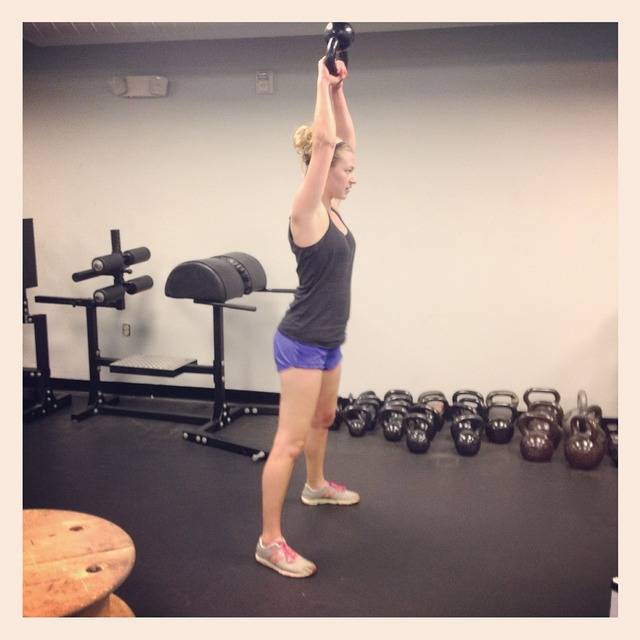
Deadlifts are a powerful compound exercise that offers numerous benefits for strength. Muscle building, weight loss, posture, grip strength, core stability, cardiovascular health, injury prevention, and mental well-being.
By incorporating deadlifts into your training routine with proper form and technique. You can unlock the full potential of this exercise and achieve your fitness goals.
Remember to prioritize safety, proper form, and gradual progression. To maximize the benefits and reduce the risk of injury. So, grab that barbell, embrace the deadlift, and witness the transformative effects it can have on your body and mind.
<< Previous Post
https://newsstories.in/the-ultimate-guide-to-deadlift-boost-your-strength-and-build-muscle-1/
>> Next Post
https://newsstories.in/your-complete-guide-to-fitness-and-fun-with-an-exercise-bike/

